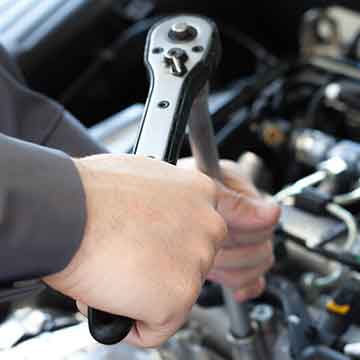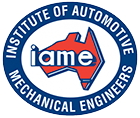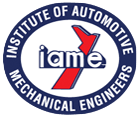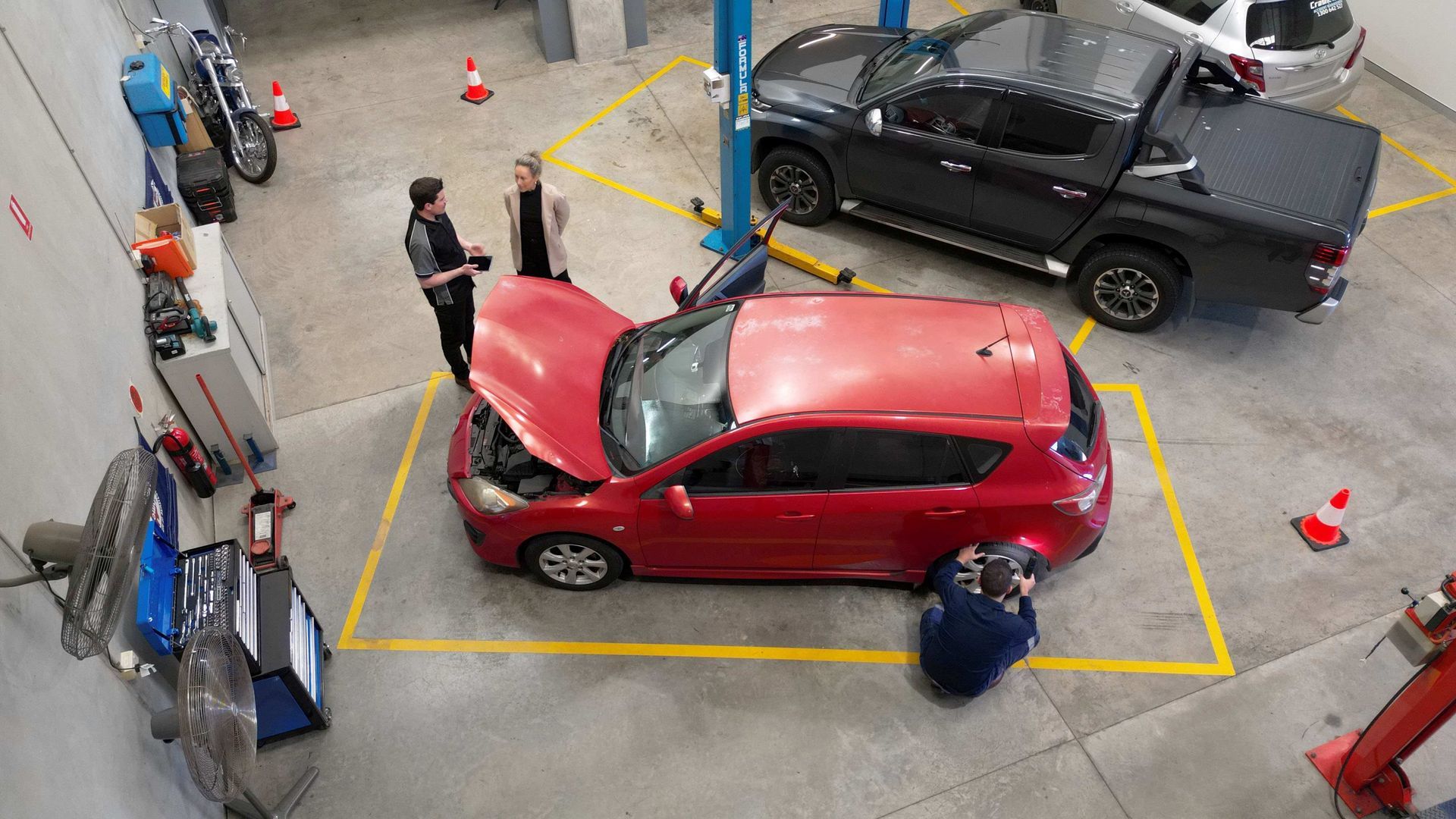Member Update regarding Head Office
It gives me great pleasure to inform you that the IAME is trading as normal and alive and well.

Dear IAME Members,
It gives me great pleasure to inform you that the IAME is trading as normal and alive and well.
Some of you may have heard that we recently moved out of our Head Office. This decision was not taken lightly, but circumstances required the IAME Board and Management to make a decision and take action. It wasn’t just one thing but a multiple of items that the decision was based on.
- Our shared tenant was moving on as per their own business reasons. We wish them the best for the future.
- For some time the ceiling in a number of offices has water leakage whereby desks and the carpet floor where being damaged, making it unusable during time of inclement weather, despite many attempts to fix the issue.
- We were informed that in around 24 months time the building complex will be torn down and rebuilt.
The IAME Board and Management made the decision to have the Administration Team work remotely. For those that may not be aware, the IAME Operations team have been working remotely for some time performing their IAME duties.
The IAME Board and Management intend to look for new premises sometime in the near future as the current situation for the Administration Team is only temporary.
Please continue to direct all enquiries to (02) 9782110 or email inbox@iame.com.au
All mail should be sent to our Post Office Box which remains at: PO Box 70 Blaxcell NSW 2142
If you require any tools or equipment, please call the above phone number or our contact National Operation Manager,
Mike Fittler on 0418 300 060.








